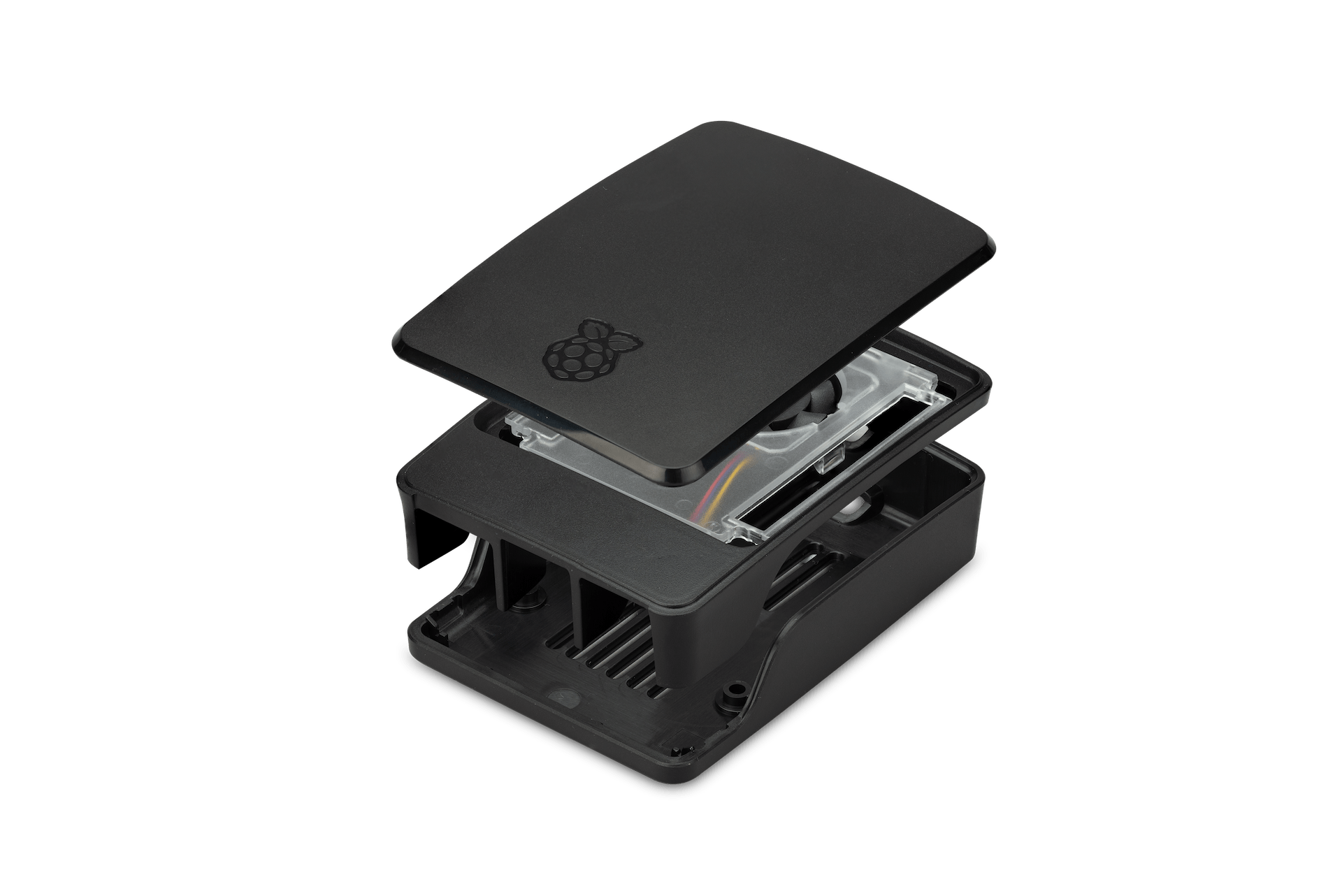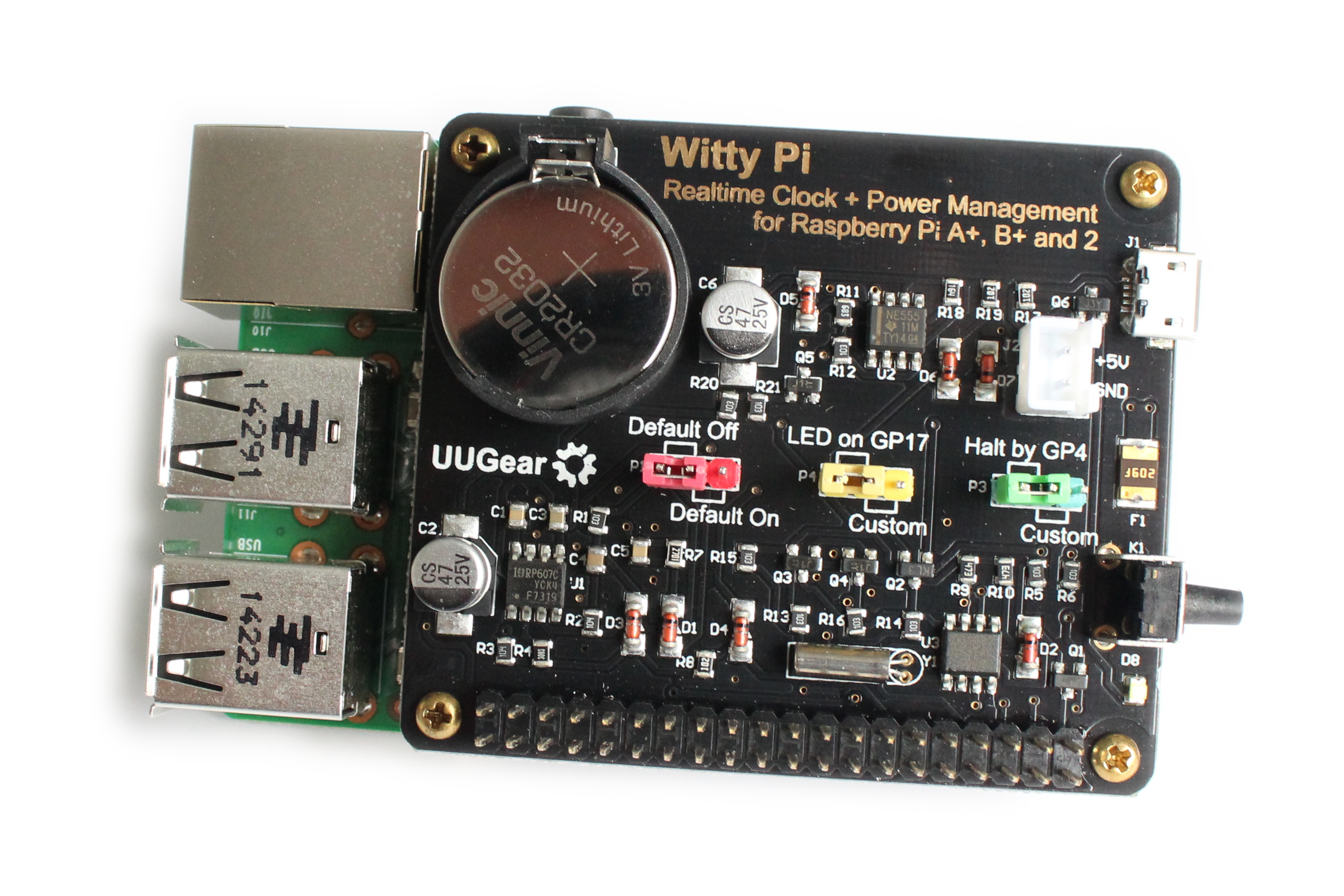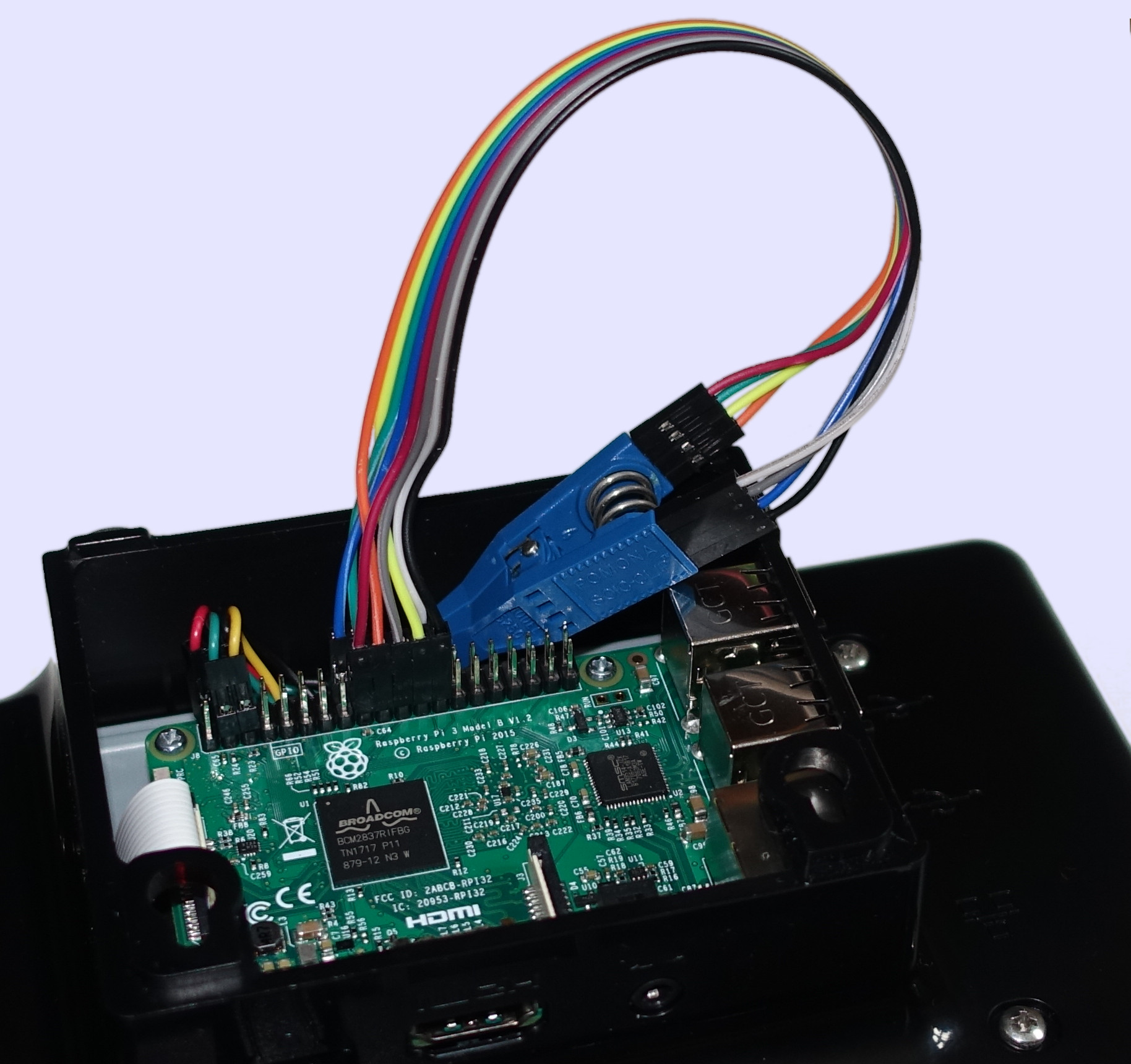In today's rapidly evolving technological landscape, remote IoT management platforms are becoming increasingly essential for businesses and individuals alike. The integration of Raspberry Pi into these platforms offers a cost-effective and versatile solution for managing IoT devices remotely. Whether you're a hobbyist, entrepreneur, or professional, understanding how to leverage Raspberry Pi for IoT management can significantly enhance your projects and operations.
As the Internet of Things (IoT) continues to expand, the need for efficient and scalable management systems has never been greater. Remote IoT management platforms enable users to monitor, control, and analyze IoT devices from anywhere in the world. With Raspberry Pi at the core, these platforms provide a powerful yet accessible foundation for building and maintaining smart systems.
This comprehensive guide will delve into the world of remote IoT management platforms powered by Raspberry Pi. We'll explore the benefits, setup processes, security considerations, and best practices to help you harness the full potential of this innovative technology. Let's embark on this journey to unlock smarter, more connected solutions for your projects.
Read also:5 Movie Rules In 2024 A Comprehensive Guide For Film Enthusiasts
Table of Contents:
- Introduction to Remote IoT Management
- Raspberry Pi Overview
- Setting Up Remote IoT Management Platform
- Benefits of Using Raspberry Pi
- Security Considerations
- Software Options for Remote IoT Management
- Best Practices for Remote IoT Management
- Case Studies
- Future Trends in Remote IoT Management
- Conclusion and Call to Action
Introduction to Remote IoT Management
Remote IoT management platforms have revolutionized the way we interact with connected devices. These platforms allow users to oversee and manage IoT devices from a centralized location, regardless of physical proximity. By leveraging cloud computing, machine learning, and advanced analytics, remote IoT management ensures seamless operation and real-time monitoring of devices.
What is IoT?
The Internet of Things (IoT) refers to the network of physical devices embedded with sensors, software, and connectivity capabilities. These devices collect and exchange data, enabling smarter decision-making and automation. From smart homes to industrial automation, IoT applications are transforming industries and enhancing everyday life.
Why Use Remote IoT Management?
Remote IoT management offers numerous advantages, including:
- Enhanced scalability for managing large fleets of devices.
- Improved efficiency through automated processes and real-time insights.
- Cost savings by reducing the need for on-site maintenance.
- Increased security through centralized control and monitoring.
Raspberry Pi Overview
Raspberry Pi is a compact, affordable single-board computer that has gained immense popularity among developers, educators, and hobbyists. Its versatility, coupled with a robust community and extensive documentation, makes it an ideal choice for building IoT projects.
Key Features of Raspberry Pi
- Low power consumption, making it suitable for long-term deployments.
- Compatibility with a wide range of sensors and peripherals.
- Support for multiple operating systems, including Linux-based distributions.
- Extensive GPIO (General Purpose Input/Output) pins for connecting external devices.
Setting Up Remote IoT Management Platform
Setting up a remote IoT management platform using Raspberry Pi involves several steps, from hardware assembly to software configuration. Below is a detailed guide to help you get started:
Read also:Bollyflixorg The Ultimate Guide To Streaming Bollywood Movies
Hardware Requirements
Before diving into the setup process, ensure you have the following components:
- Raspberry Pi board (preferably Raspberry Pi 4 for better performance).
- Power supply with sufficient current output.
- MicroSD card preloaded with a compatible operating system, such as Raspbian.
- Ethernet cable or Wi-Fi adapter for network connectivity.
- Sensors and actuators relevant to your IoT project.
Software Configuration
Once the hardware is ready, proceed with the following software setup steps:
- Install the desired operating system on the Raspberry Pi.
- Configure network settings to ensure stable internet connectivity.
- Install necessary software packages, such as MQTT brokers or Node-RED, for IoT communication.
- Set up a cloud-based platform, like AWS IoT or Azure IoT Hub, for remote access.
Benefits of Using Raspberry Pi
Raspberry Pi brings numerous advantages to the table when it comes to remote IoT management:
Cost-Effectiveness
With its affordable price point, Raspberry Pi provides an accessible entry point for individuals and small businesses looking to experiment with IoT technologies.
Community Support
The vast Raspberry Pi community offers a wealth of resources, tutorials, and forums to help users troubleshoot issues and optimize their setups.
Flexibility
Raspberry Pi's compatibility with various programming languages and platforms ensures that it can be tailored to meet the unique requirements of different IoT applications.
Security Considerations
While remote IoT management platforms offer immense benefits, security should always be a top priority. Here are some key considerations to keep in mind:
Data Encryption
Ensure all data transmitted between the Raspberry Pi and remote servers is encrypted using protocols like TLS (Transport Layer Security).
Access Control
Implement strong authentication mechanisms, such as two-factor authentication, to protect against unauthorized access.
Regular Updates
Keep the operating system and software packages up to date to address potential vulnerabilities and improve overall security.
Software Options for Remote IoT Management
Several software solutions are available for managing IoT devices remotely. Below are some popular options compatible with Raspberry Pi:
Node-RED
Node-RED is a visual programming tool that simplifies the development of IoT workflows. Its drag-and-drop interface allows users to create complex automation tasks without extensive coding knowledge.
MQTT Brokers
Message Queuing Telemetry Transport (MQTT) is a lightweight protocol ideal for IoT communication. Popular MQTT brokers like Mosquitto can be easily installed on Raspberry Pi to facilitate message exchange between devices.
Best Practices for Remote IoT Management
To maximize the effectiveness of your remote IoT management platform, consider adopting the following best practices:
Optimize Resource Usage
Monitor and optimize the resource consumption of your Raspberry Pi to ensure stable performance under varying workloads.
Document Your Setup
Maintain thorough documentation of your hardware and software configurations to facilitate troubleshooting and future upgrades.
Plan for Scalability
Design your platform with scalability in mind, allowing for the addition of new devices and functionalities as your project grows.
Case Studies
Several organizations have successfully implemented remote IoT management platforms using Raspberry Pi. Below are two notable examples:
Smart Agriculture
Agricultural enterprises are leveraging IoT sensors and Raspberry Pi to monitor soil moisture, temperature, and humidity levels in real time. This data-driven approach optimizes irrigation schedules and improves crop yields.
Home Automation
Homeowners are utilizing Raspberry Pi-based systems to control lighting, heating, and security systems remotely. These solutions enhance convenience, energy efficiency, and safety.
Future Trends in Remote IoT Management
The field of remote IoT management is poised for significant advancements in the coming years. Key trends to watch include:
Edge Computing
As IoT devices generate vast amounts of data, edge computing will play a crucial role in processing and analyzing information closer to the source, reducing latency and bandwidth usage.
Artificial Intelligence Integration
AI-driven analytics will enhance the capabilities of remote IoT management platforms, enabling predictive maintenance and more accurate decision-making.
Conclusion and Call to Action
In conclusion, remote IoT management platforms powered by Raspberry Pi offer a powerful and flexible solution for managing connected devices. By following the guidelines and best practices outlined in this article, you can unlock the full potential of your IoT projects and stay ahead in the rapidly evolving technological landscape.
We encourage you to share your thoughts and experiences in the comments section below. Additionally, explore other articles on our website to deepen your understanding of IoT technologies and their applications. Together, let's build a smarter, more connected future!


